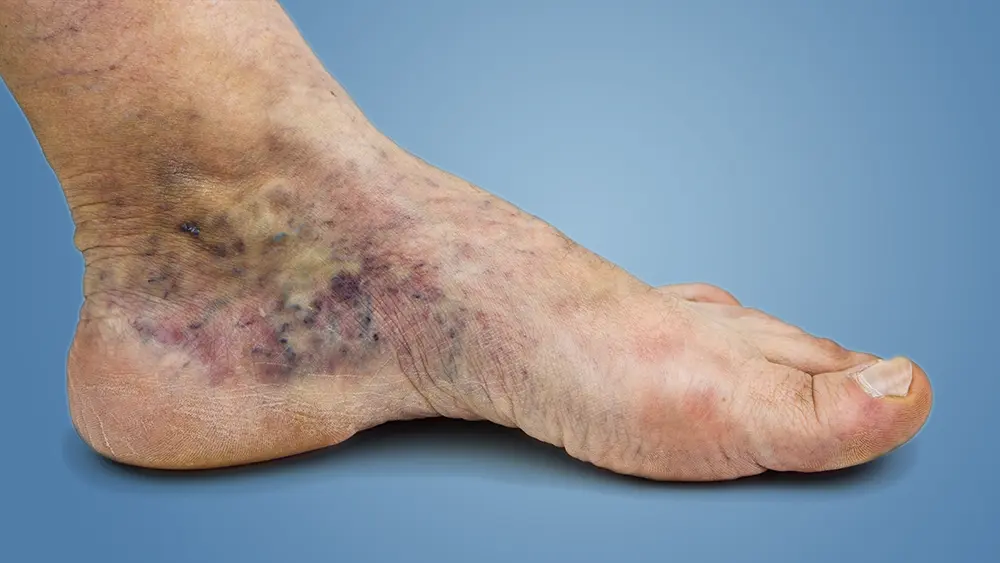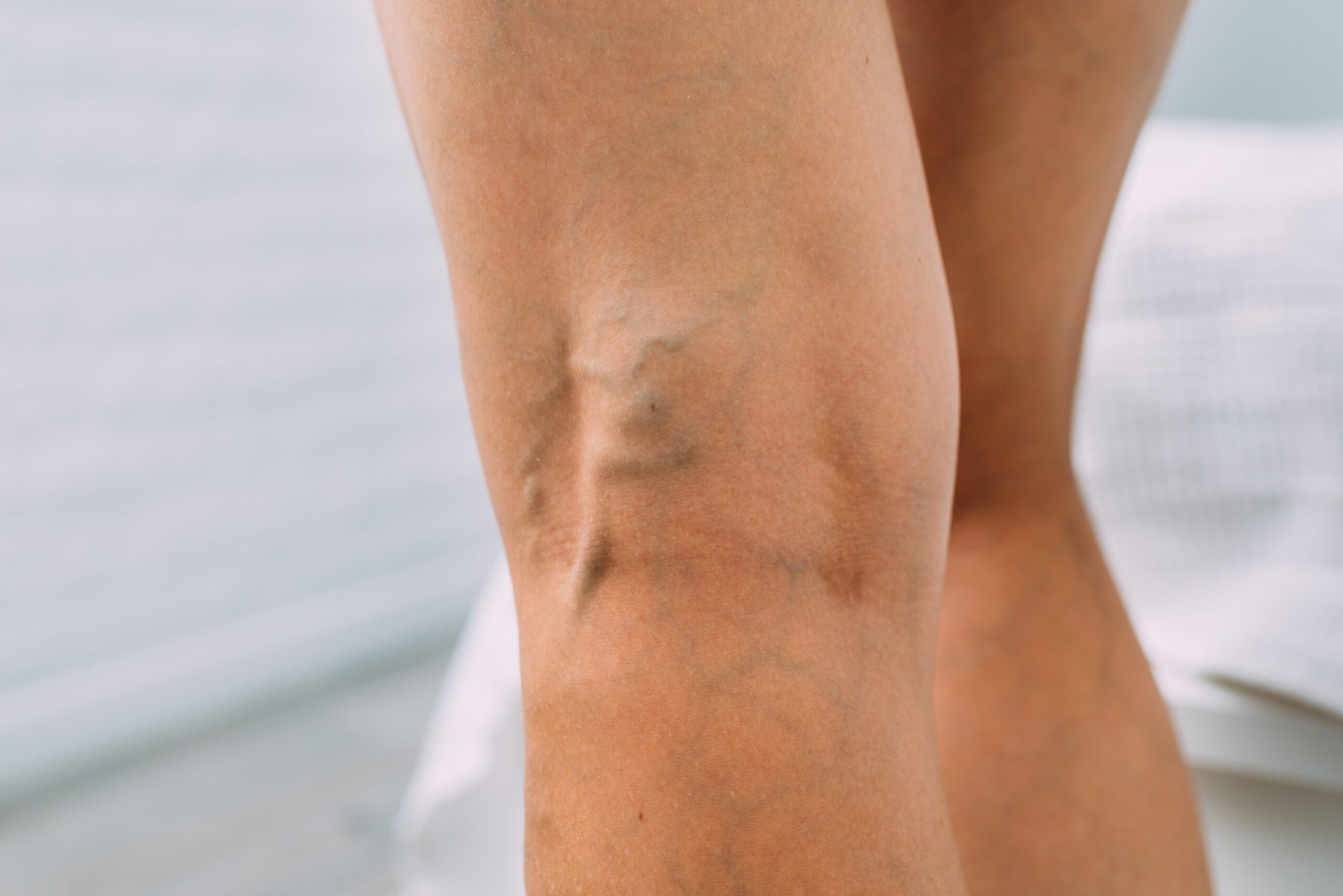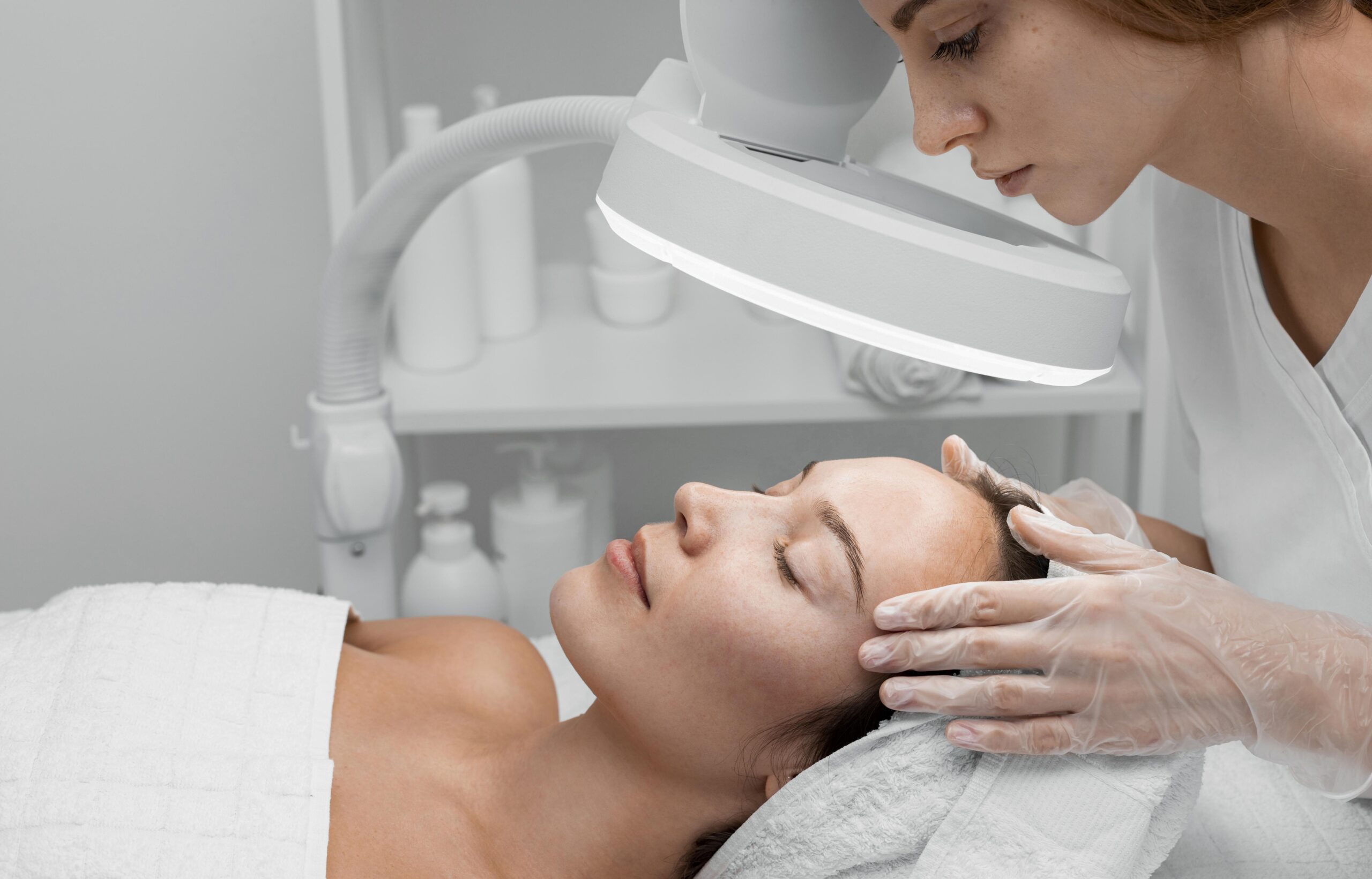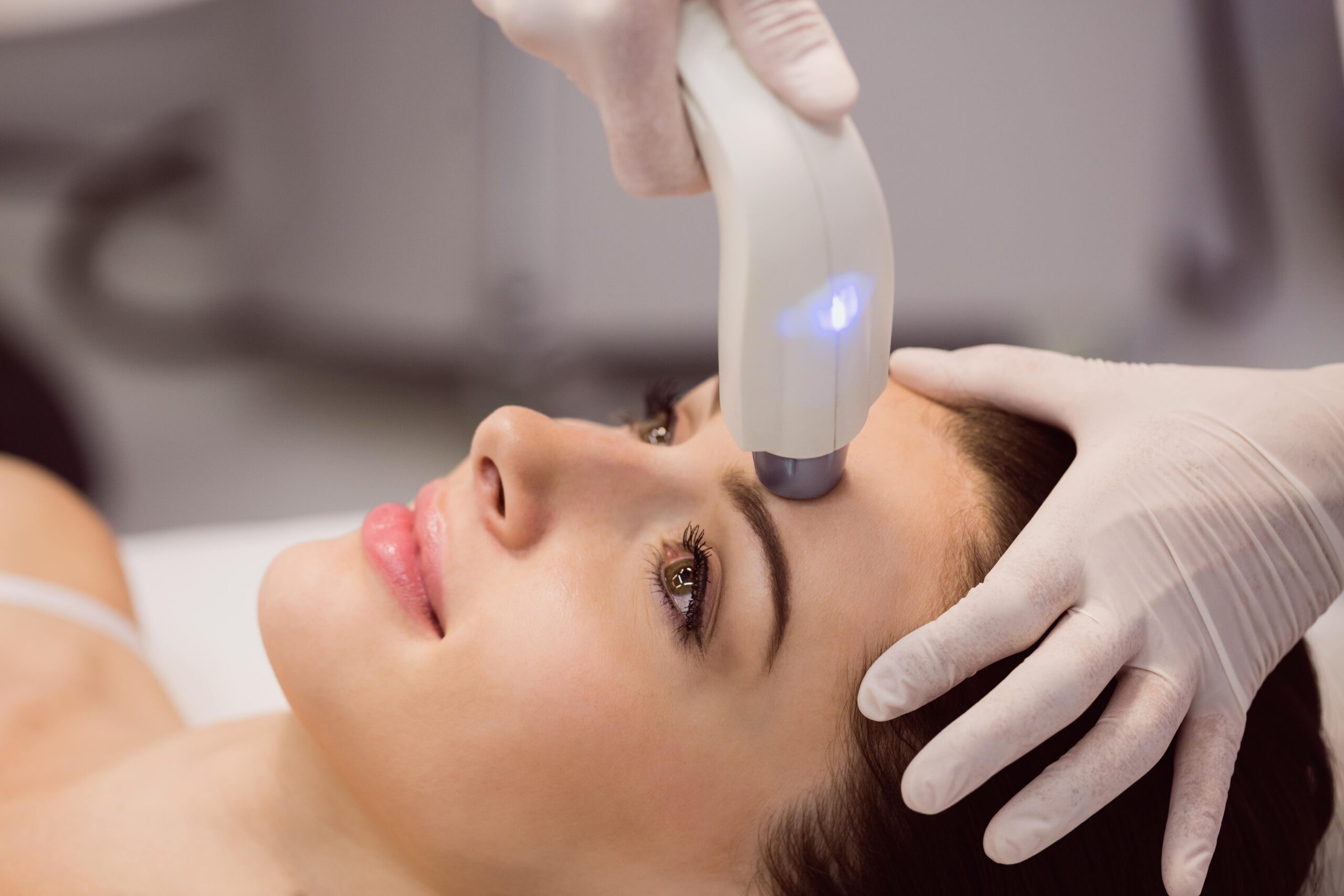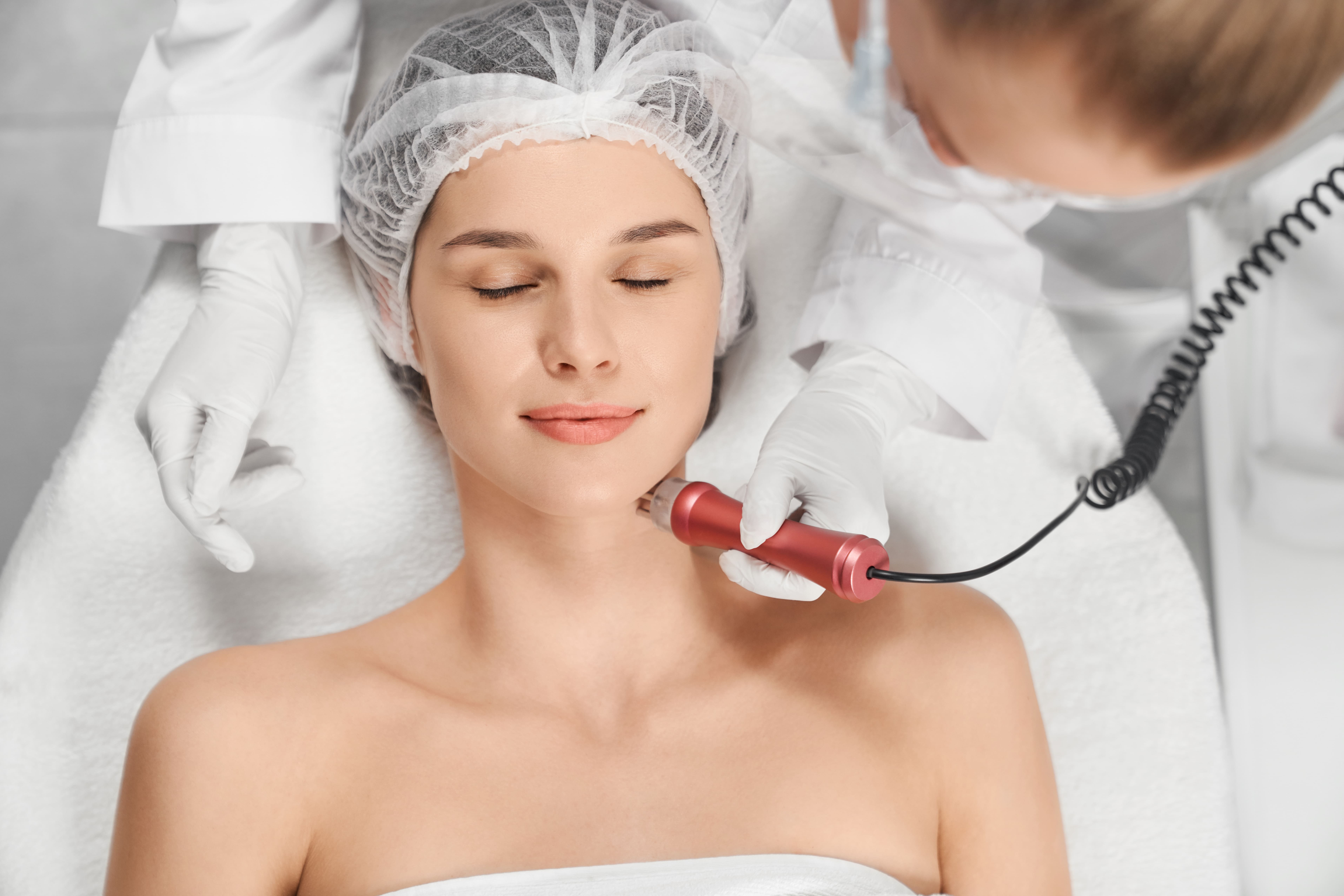Venous ulcers, also known as leg ulcers, are chronic wounds caused by poor circulation in the veins of the legs. These ulcers can be painful, difficult to heal, and can significantly affect one’s quality of life. If left untreated, venous ulcers may lead to serious complications. Understanding the causes, symptoms, and risk factors of venous ulcers can help in early detection and treatment.
At Callidora Laser Clinic, we specialize in treating vascular conditions like venous ulcers, offering comprehensive solutions for better healing and prevention.
What Causes Venous Ulcers?
The primary cause of venous ulcers is chronic venous insufficiency (CVI). CVI occurs when the valves in the veins of the legs do not function properly, making it difficult for blood to flow back to the heart. As a result, blood pools in the lower extremities, leading to increased pressure in the veins. This pressure causes damage to the skin, resulting in the formation of ulcers.
Other contributing causes include:
- Varicose veins: Swollen, twisted veins in the legs that hinder proper blood flow can lead to venous ulcers.
- Previous leg injuries: Trauma to the legs, such as fractures or deep cuts, may damage veins, increasing the risk of ulcers.
- Blood clots: Deep vein thrombosis (DVT) can block blood flow, causing venous pressure to rise and ulcer formation.
Recognizing Symptoms of Venous Ulcers
Understanding the symptoms of venous ulcers can aid in early diagnosis and intervention. Some common symptoms include:
- Open sores on the lower legs: These sores are slow to heal and may be painful.
- Swelling: Legs may feel swollen and heavy, especially after standing for long periods.
- Discoloration: The skin around the ulcer may turn brown, purple, or red due to poor circulation.
- Itching or burning sensation: The affected area may feel itchy or irritated.
- Fluid discharge: Ulcers may ooze or release a foul-smelling fluid.
Early treatment is crucial to prevent ulcers from worsening and leading to infection.
Who is at Risk for Venous Ulcers?
Several risk factors increase the likelihood of developing venous ulcers. These include:
- Age: Older adults are at higher risk due to the weakening of veins over time.
- Obesity: Excess weight adds pressure to the legs, leading to vein problems.
- Sedentary lifestyle: Prolonged periods of sitting or standing can impair circulation, contributing to ulcer formation.
- Family history: A genetic predisposition to venous insufficiency or varicose veins can elevate the risk.
- Pregnancy: Increased blood volume and pressure during pregnancy may cause vein damage, increasing the risk of ulcers in women.
Prevention and Treatment
Preventing venous ulcers involves managing the underlying causes and adopting healthy lifestyle habits. To lower your risk, consider the following:
- Wear compression stockings: These help improve blood flow and reduce pressure in the legs.
- Exercise regularly: Walking and leg exercises strengthen muscles and support circulation.
- Maintain a healthy weight: Reducing excess weight minimizes pressure on the legs.
- Elevate your legs: Raising your legs while resting helps blood flow back to the heart.
Treatment for venous ulcers often includes proper wound care, compression therapy, and in some cases, medications or surgery. Early intervention is key to promoting healing and preventing recurrence.
Venous ulcers are a serious medical condition that requires prompt attention. By understanding the causes, recognizing symptoms, and being aware of risk factors, you can take steps to prevent their onset or seek treatment early. If you or a loved one is suffering from venous ulcers, consult with us for personalized care and guidance.


